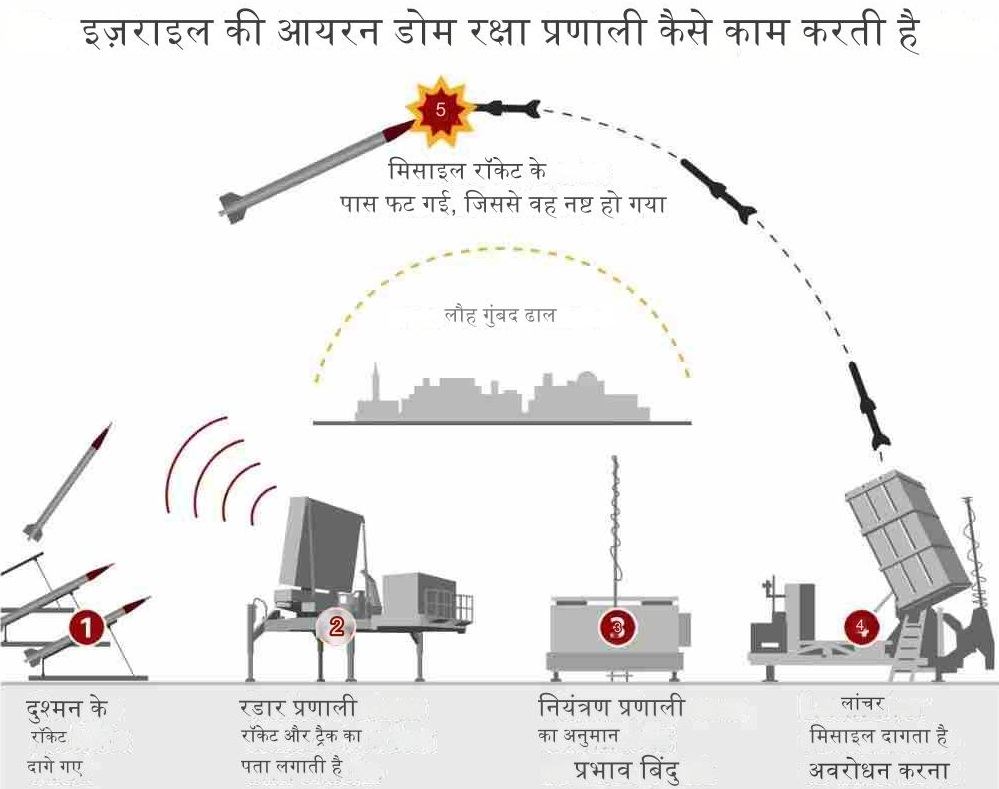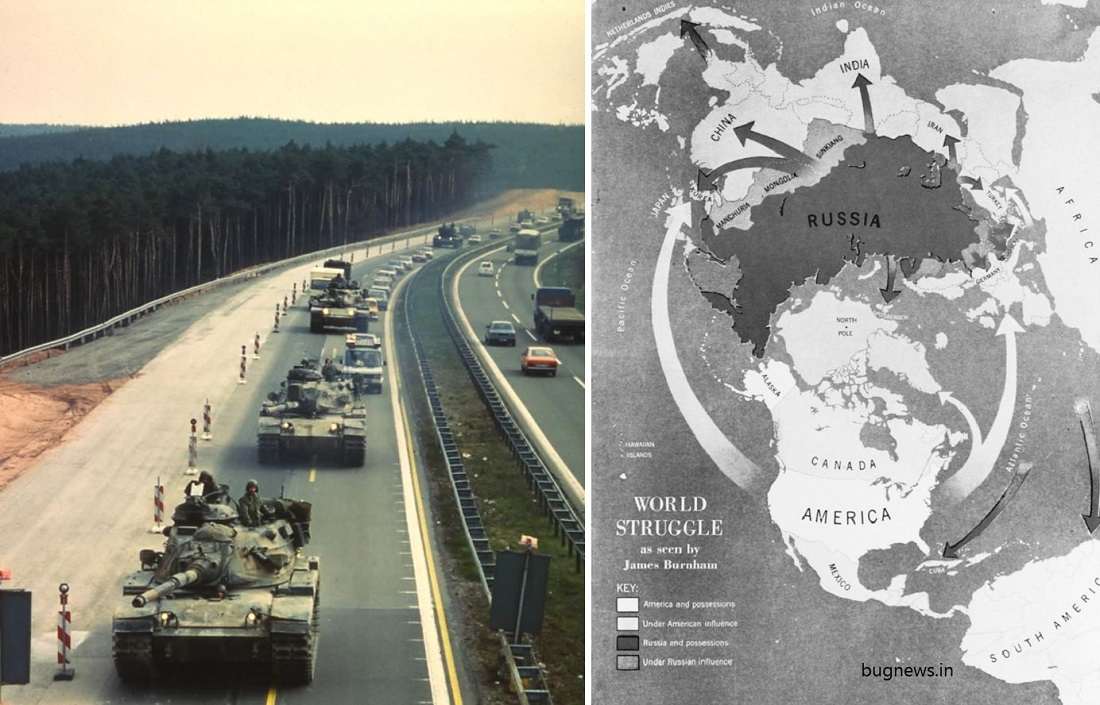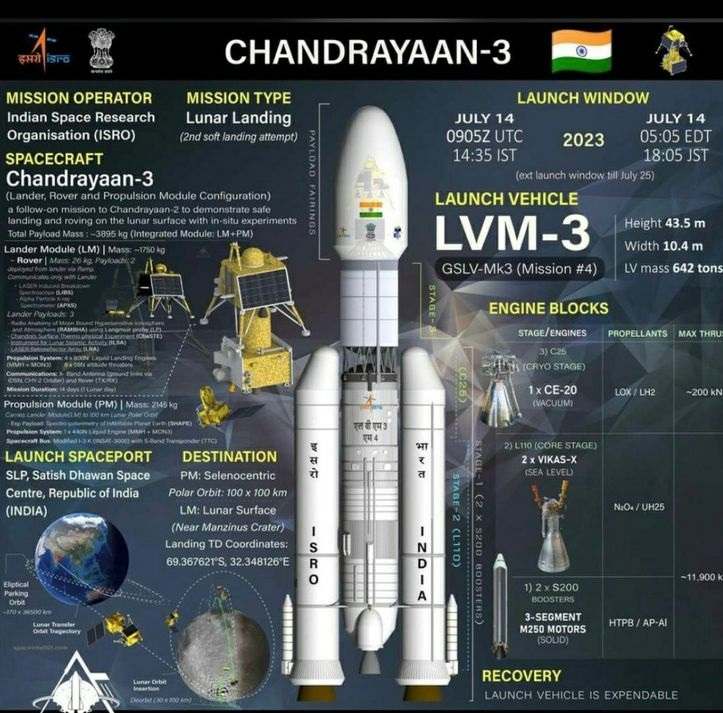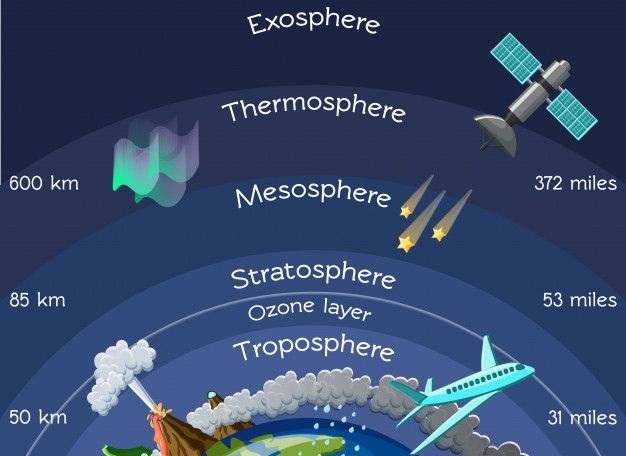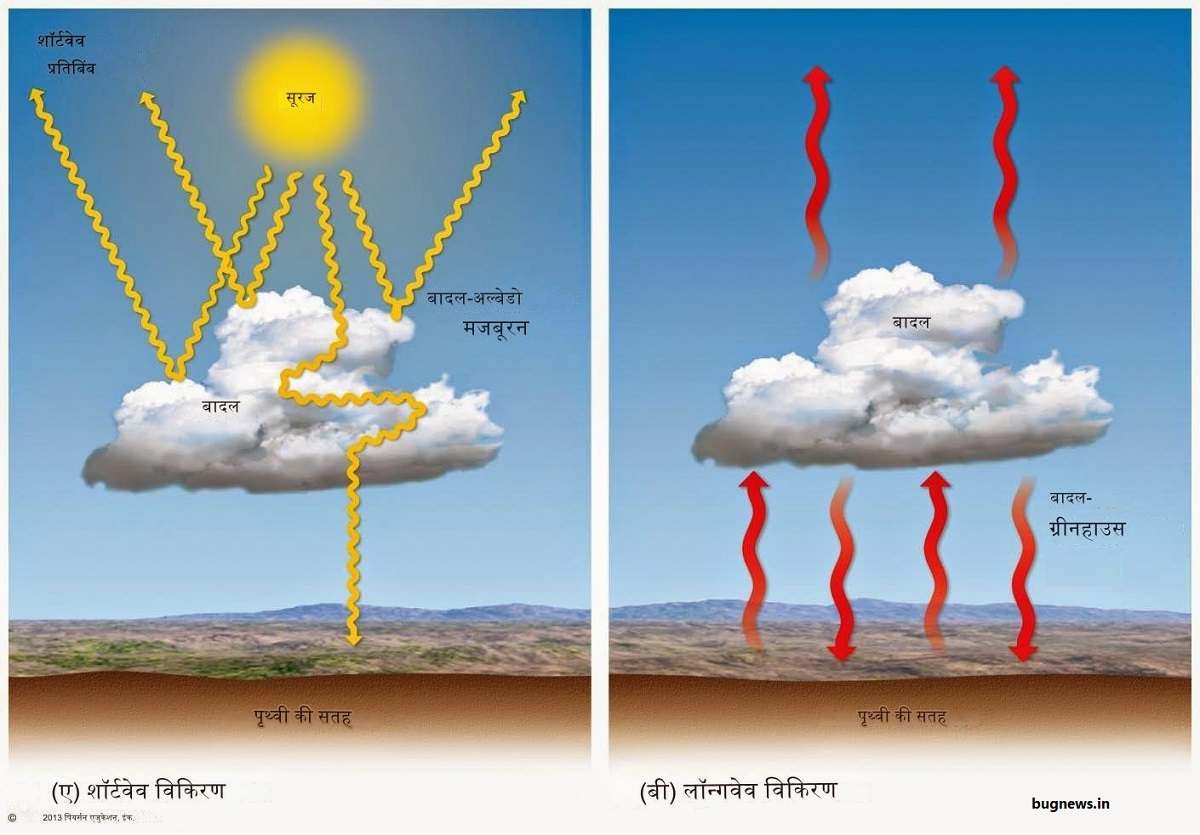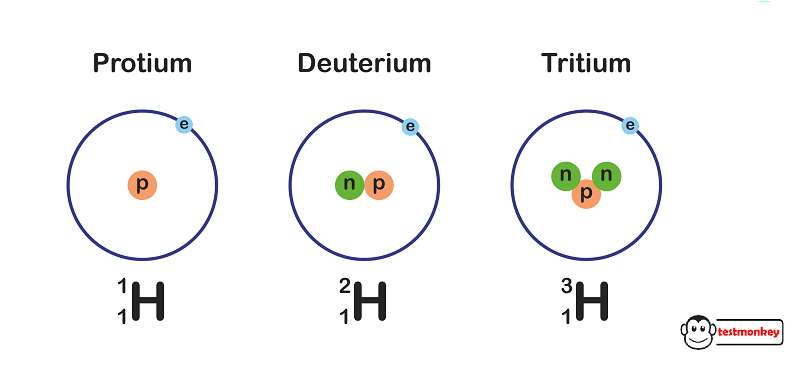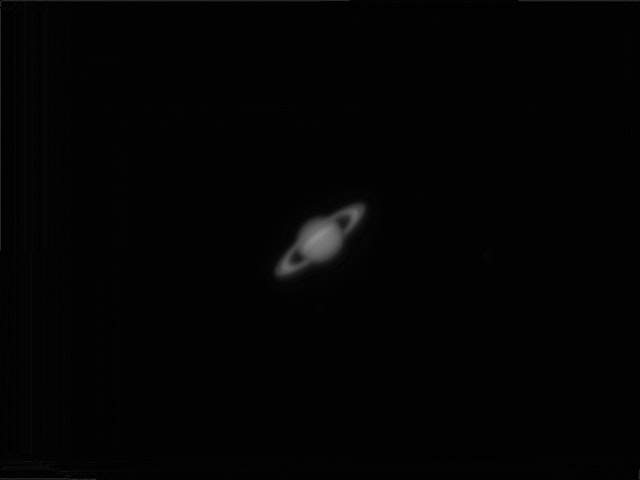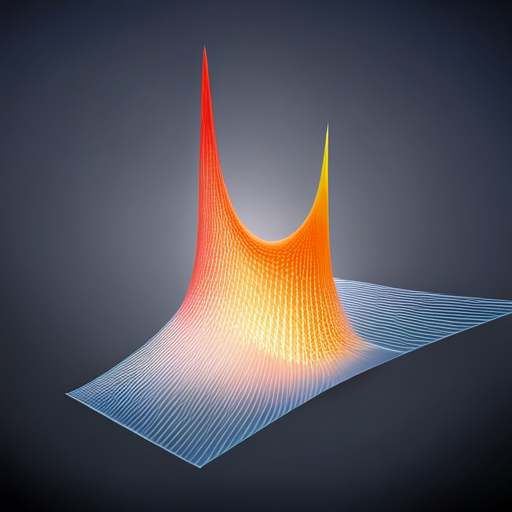आयरन डोम (Iron Dome) इजराइल की एक वायु रक्षा प्रणाली है। यह हवा में ही 4 से 70 किलोमीटर के दायरे में दुश्मन की मिसाइलों को रोकने और
विज्ञान और प्रौद्योगिकी
current affairs and concepts of science and technology
When is a Nuclear Reactor called Critical?
When Nuclear fuel sustains the fission chain reaction inside a nuclear reactor, the reactor is said to be critical. In this, the amount of neutrons produced by nuclear
The Comprehensive Nuclear Test Ban Treaty (CTBT)
The Comprehensive Nuclear Test Ban Treaty (CTBT) is an important multinational treaty that aims to ban all nuclear explosions, whether for military or civilian purposes. It began in
India’s Chandrayaan-3
The successful soft landing of India’s Chandrayaan-3 near the Moon’s south pole on August 23, 2023 was a historic moment. This feat made India the first country to
What is The Kármán Line ?
The Kármán Line, located 100 kilometers above sea level, serves as an imaginary boundary between the Earth’s atmosphere and outer space. Although scientists and astronauts disagree, most nations
Marine Cloud Brightening: A Promising Solution for Climate Mitigation
Marine cloud brightening (MCB) is a concept developed by British cloud physicist John Latham in the 1990s. The primary goal of the MCB is to fight global warming
Isotopes of Hydrogen and its uses
Hydrogen has three isotopes: protium (1H), deuterium (2H), and tritium (3H). Protium is the most common isotope and has no neutrons, deuterium has one neutron, and tritium has
Why is Saturn’s status as a giant planet in question ?
Saturn is a large planet with a mass of about 100 times that of Earth. Despite this, Saturn is still about three times smaller than Jupiter. Some astronomers
Transverse Waves and its Examples
If the particles oscillate perpendicular to the direction of wave propagation, then it is a transverse wave. In plain words, the motion of the constituent particles of the
Chinese Scientists Develop New Polyethylene Recycling Method: Hydrogen Breathing
According to a report published by Xinhua on July 3, a team of Chinese researchers has created an entirely new technology for recycling polyethylene waste that could reduce
